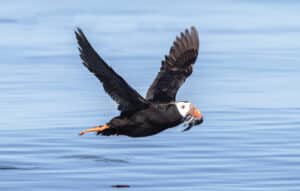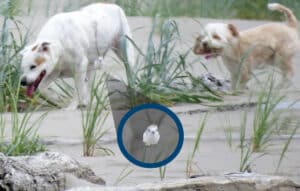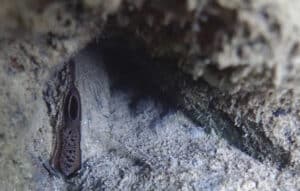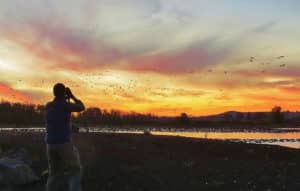A Species in Rapid Decline: New Efforts to Recover the Tufted Puffin
Just 553. That is the estimated number of individual Tufted Puffins remaining in Oregon, based on the 2021 coastwide survey conducted by the U.S. Fish and Wildlife Service (USFWS). It’s a staggering decline from the nearly 5,000 puffins counted back in 2008 and other surveys in the 1990s. It’s a number that demands action, and action is exactly what we plan to take.
Read Post









